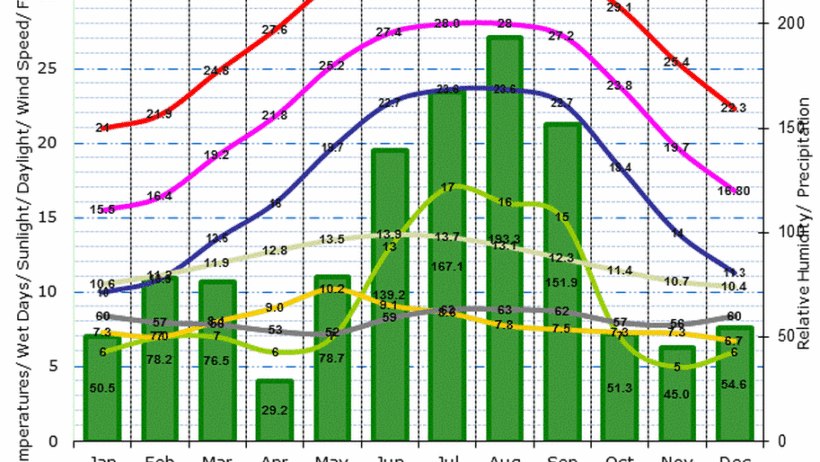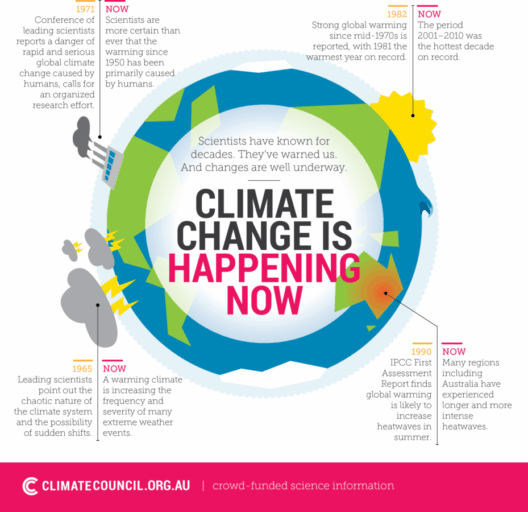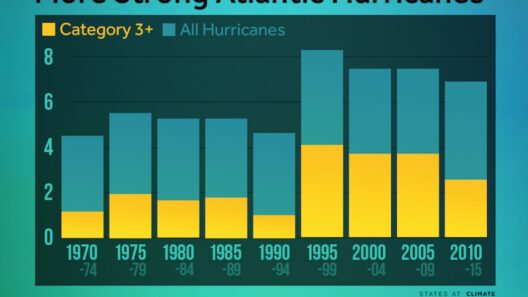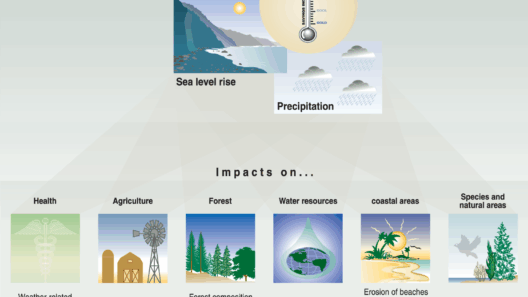The Coastal Plains region, an expanse characterized by flat lands and proximity to oceans, is a unique ecological tapestry woven with diverse climates. This article endeavors to elucidate the complexities of the Coastal Plains climate, illuminating its breezy warmth and ever-changing character while fostering a newfound appreciation for its environmental significance.
Geographically, the Coastal Plains stretch alongside the Eastern and Gulf coasts of the United States, enveloping states from Texas to Maine. This vast region embodies the interaction between land and sea, engendering a climate that is primarily temperate but subject to the whims of both local and global meteorological phenomena.
The coastal environment is typically amalgamated into two distinct zones: the humid subtropical zone prevalent in the southern stretches and the temperate maritime zone found in the north. Each zone offers a unique climate, yet both are influenced significantly by their close association with large bodies of water, which play a crucial role in regulating temperature and moisture levels.
At a foundational level, the Coastal Plains climate is marked by its mild winters and hot, humid summers. Average winter temperatures typically hover between 30°F to 50°F, while summer highs can eclipse 90°F, submerged in humidity that often renders it palpable. This stark temperature divergence, coupled with the rich moisture typically present, allows for lush vegetation and diverse ecosystems to flourish. You may find that the natural landscapes range from stunning coastal marshes to sprawling pine forests, all thriving in this vibrant setting.
Understanding the phenomena of humidity is paramount when dissecting the climate of the Coastal Plains. The proximity of the plains to the abundant waters of the Atlantic Ocean and the Gulf of Mexico results in a constant exchange of air that is frequently laden with moisture. Humidity influences not only the daily weather patterns but also the broader ecological health of the region. This moisture-laden air often condenses into clouds, precipitating much-needed rainfalls throughout the year. However, the relativity of the rainfall is critical; some areas receive up to 60 inches annually, while others remain considerably drier.
This waterfront climate is punctuated by its susceptibility to storms, particularly hurricanes. The Coastal Plains serve as a rendezvous point for tropical storms that gain power over warm ocean waters. The ramifications of such storms can be staggering—flooding, high winds, and significant loss to both natural habitats and human infrastructure. Yet, amidst the perils, these storms give rise to opportunities for ecological rebirth. Storm surges deposit nutrient-rich sediments, invigorating estuaries and coastal ecosystems which are vital for biodiversity.
Moreover, seasonal oscillations further enhance the climate’s complexity. As seasons transition, the Coastal Plains often experience dramatic shifts in weather patterns. Spring heralds a wondrous awakening of flora with blossoming flowers and vibrant greenery, while fall marks a climactic array of colors as foliage turns as temperatures begin to cool. These transitions usher not just a visual feast, but also invigorate agricultural cycles, crucial for the economies nestled within the plains.
Despite the scenic beauty and biodiversity, the Coastal Plains face numerous environmental challenges exacerbated by climate change. Rising sea levels threaten coastal habitats, while increasing temperatures further intensify weather extremes. Communities along the coast grapple with the implications of eroding shorelines, saltwater intrusion, and reduced agricultural yields due to altered rainfall patterns. Each of these factors underscores the pressing need for sustainable practices and policies to protect this invaluable region.
Towards this end, cultivating an understanding of the Coastal Plains climate ignites both awareness and proactive approaches to climate action. From embracing conservation methods to adopting sustainable agricultural practices, individuals and communities can work collectively towards preserving the climate that nurtures them. Knowledge is power, and by sharing insights about this region’s ecology, a clearer perspective on climate change and its direct implications might emerge.
Additionally, the importance of local action cannot be overstated. Grassroots movements, often inspired by the unique challenges faced in the Coastal Plains, can lead to significant transformations. These efforts contribute to broader campaigns of environmental preservation, embodying a mindset that recognizes the interconnectedness of all ecosystems. Encouraging active participation among residents fosters a sense of responsibility and stewardship that is indispensable for both community health and ecological integrity.
In conclusion, the climate of the Coastal Plains is much more than what meets the eye; it is a dynamic system rich with complexities, challenges, and opportunities. Its breezy warmth embraces inhabitants and visitors alike, offering a unique perspective on the relationship between humans and nature. As environmental activists and advocates continue to shed light on the nuances of climate variability, the Coastal Plains serve as a poignant reminder of what is at stake. Therefore, let us reconsider our role and impact within this vibrant landscape, waking to new possibilities of coexisting harmoniously within the ever-changing climate tapestry that is the Coastal Plains.








